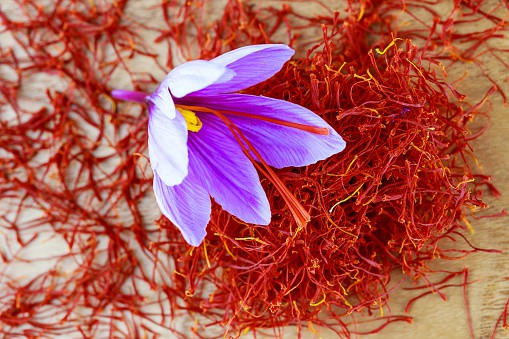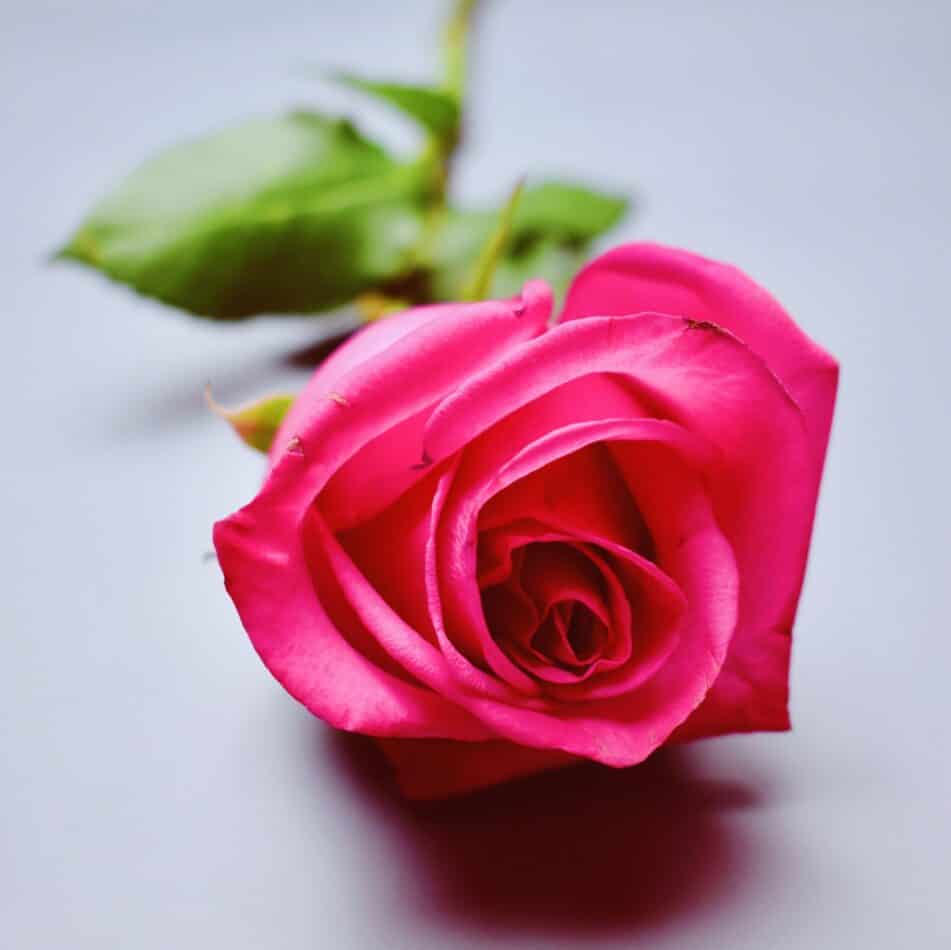The Saffron Crocus, or Crocus Sativus, is a member of the Iridaceous family, and is a perennial flower. It is renowned for its precious red stamens, which is the source of the culinary saffron and is supposedly the most expensive spice in the world. It produces large, lilac-purple flowers with dark veins that can reach up to five inches in height.
The etymology of the Saffron Crocus is derived from the Latin “Crocus” meaning “saffron”, in reference to the spice which it produces.
How to Plant
The Saffron Crocus bulb should be planted about four inches deep in an area of full sun. It can grow in many soil types, but performing a soil test can help to determine the best pH level for optimal growth. A soil with a pH of 6.0 – 7.0 is ideal for this perennial. Planting in the fall is optimal, and these bulbs will add a great deal of beauty to any flower bed, border, rock garden, or container.
When it comes to watering, the Saffron Crocus should be kept somewhat moist, and should be regularly watered during hot and dry conditions. If the flowers are planted in clay soil or other high-drainage soil, they should receive a light watering every few days.
Meaning & Symbolism
The saffron Crocus has a long and rich symbolism. The immaculate flower is often seen as a sign of great joy and beauty. It is associated with hope, fidelity, faithfulness and wisely expenditure. It has held an important role in many religious ceremonies as a symbol of hope and spiritual awakening.
In more modern times saffron has taken on a symbolic representation of wealth, respect and integrity. It is the perfect flower for showing your admiration and love for someone, conveying the message that you leave nothing to chance.
History, Mythology, & Religious Significance
The Saffron Crocus has a long and significant history, with mention of the precious flower as far back as Ancient Greek, Roman, and Persian history. It was mentioned by Homer in the Odyssey and by Virgil in the Aeneid. It was an important flower to the ancient civilizations and remains one to this day.
In the Greek mythology of Persephone’s abduction, it is said that when Persephone was returned to the upper world, she shed tears of joy which gave birth to a crimson field of saffron crocuses.
In ancient India, mention was made of saffron for religious, medicinal and aesthetic applications. In the 13th century, Christian churches were decorated with saffron during special occasions.
Flower Varieties and their Defining Characteristics
There are several varieties of Saffron Crocus, all of which are brightly colored and easy to identify. These include the white Vanilla-flowered Crocus, the yellow Autumn Crocus, the pale yellow Grandiflora, the yellow and white Checkerboard Crocus, and the lilac-colored Sparkles Crocus. All varieties of the Saffron Crocus have the same defining characteristics of a star-shaped flower and long, red stamen in the center of the flower.
How to Pot and Repot
Potting and repotting the Saffron Crocus is relatively easy, and only requires a few simple steps. To pot Saffron Crocus, first fill your pot with well-draining soil. Place a handful of peat moss in the center of the pot, then place the bulb in the center, making sure the root is facing down and the shoots are facing up. Fill the pot with soil, gently pat it down, and add a thin layer of mulch on top. For repotting, simply remove the old pot and then replant the Saffron Crocus in fresh soil.
How to Prune
Pruning should take place in the early spring, when the flower stalks begin to appear. At this time, prune the flower stalks back by ½-1 inch, to ensure the Saffron Crocus remains strong and healthy. Do not prune too close to the bulb, as this can cause damage to the perennial.
How to Propagate
Propagating Saffron Crocus requires removing the flowers and creating corms. Carefully cut the corms from the dead flower heads and allow them to dry for a few days before replanting them in well-draining soil. It’s best to propagate the corms in the late fall, when the temperatures are cooler and the mulch is more plentiful.
Common Pests & Diseases
The Saffron Crocus is relatively free from pests and diseases. The most common pests are aphids and snails, which can be prevented by regularly applying insecticides and snail bait to the plant. The most common disease is bacterial soft rot, which is caused by an infection of the roots. To prevent bacterial soft rot, ensure your Saffron Crocus bulbs are planted in well-draining soil and keep the soil moist but not waterlogged.
FAQ
Q: How long do Saffron Crocus bulbs last?
A: The Saffron Crocus bulbs generally last for several years, however, they do need to be re-planted periodically in order to ensure a healthy crop.
Q: When is the best time to plant Saffron Crocus?
A: The best time to plant Saffron Crocus is in the fall, when the temperatures are cooler and the soil is less likely to dry out.
Q: Can Saffron Crocus be grown indoors?
A: Yes, Saffron Crocus can be grown indoors, however, the bulbs will need to be re-potted occasionally to ensure that the soil is not becoming overly dry.
Fact Sheet
| Saffron Crocus | Crocus Sativus |
|---|---|
| Family | Iridaceae |
| Plant Type | Perennial |
| Mature Size | up to 5 inches |
| Sun Exposure | Full Sun |
| Soil Type | Well Draining |
| Soil pH | 6.0 – 7.0 |
| Bloom Time | Fall |
| Flower Color | Lilac Purple |
| Hardiness Zones | 4-9 |
| Native Area | Asia, Mediterranean |
What we love from Amazon this week
Buy these wonderful flowers directly from Amazon:















